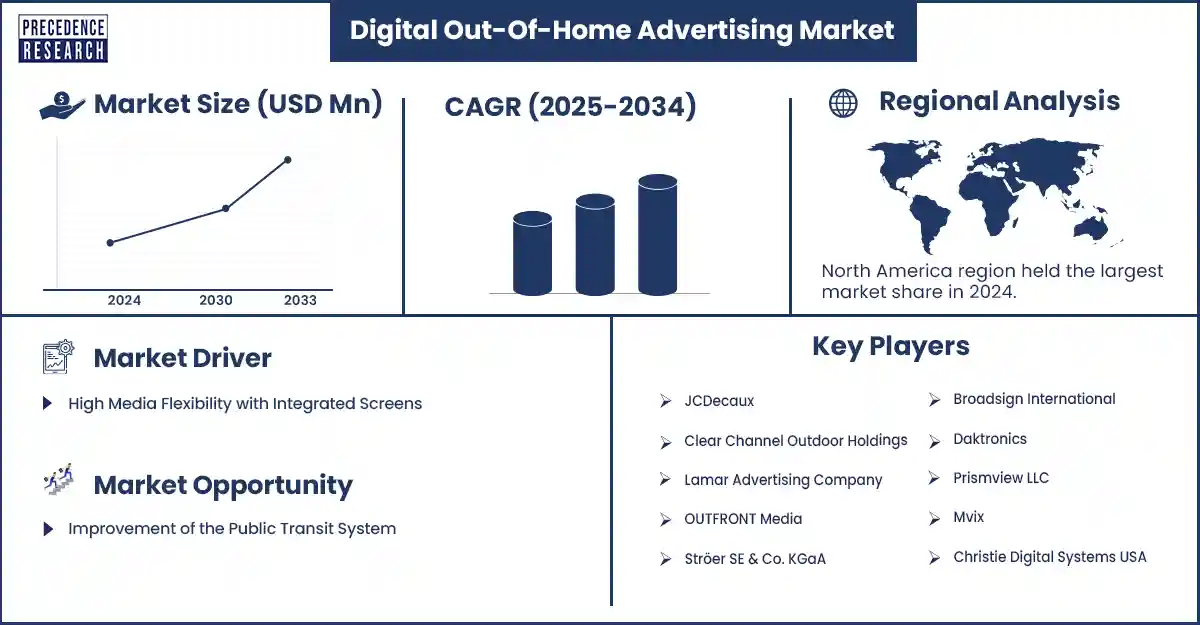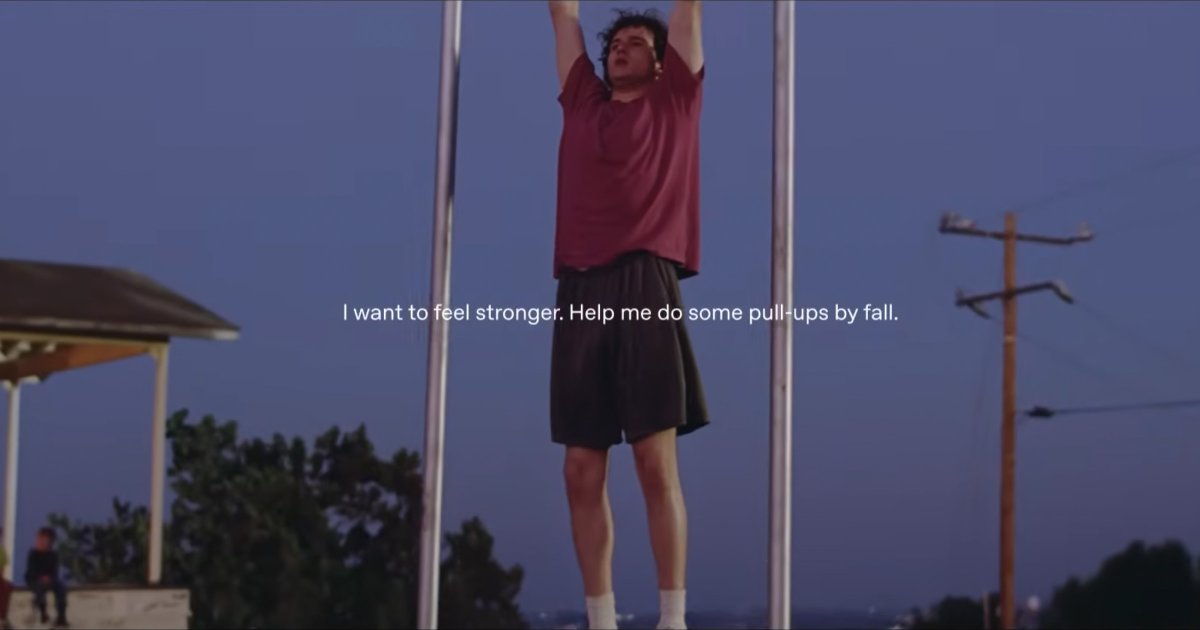We’ve never spent more on advertising. It’s never done less for us

Andrew Tindall asks why brands aren’t getting the bang for their buck in the modern ad market. Something’s going wrong, and we need to talk about it.
In 2017, I worked up the courage to call my mum and deliver some devastating news. After ten whole years of study, work experience and three years of medical school, I had decided I no longer wanted to be a doctor. It took her a while to get over not being able to tell people her son was saving lives.
Maybe the biomedical engineering degree, a master’s in marketing, 100,000 LinkedIn followers and a bloody weekly column on The Drum, softened the blow. But she was disappointed, I walked away from what she saw as a noble career that changes the world.
I’ve always disagreed with her.
Marketing is noble. It keeps pubs and planes full. It turns 25p cans of cola into £2 cans of Coca-Cola. It literally creates GDP out of thin air. This is why it hurts to admit that the marketing machine is failing.
We’ve never spent more on advertising. But it’s never done less.
Spend up, effectiveness down
Global ad spend is about to hit $1trn in 2025, up nearly 30% in real terms over the past 15 years. More brands, more ads, more cash.

But the results aren’t there.
Peter Field’s Crisis in Creative Effectiveness showed that creatively awarded UK campaigns no longer grow market share like they used to. In my new work with System1 and Effie Worldwide, analysing 1,256 campaigns across the US, UK, Ireland and Europe (The Creative Dividend), we saw the same collapse on a global scale. Campaigns are less likely to grow awareness, distinctiveness, trust, fame or consideration.

If you’re a marketing sadist like me, you can dig up more proof. Firework.com found Meta ROI has halved from $4 to $1.75 per dollar spent.
But the more useful question is: why is this happening?
It’s all our fault
Creativity is still the biggest driver of profitability. Even Ehrenberg-Bass puts creative choice at 75% of success. And creativity’s power comes from emotion. That’s what builds memory, captures attention, and shifts behaviour.
So alarm bells should ring when we see what the Effie dataset shows above: advertising has become far less emotional. Less likely to get noticed. Less likely to build useful memories.
Orlando Wood, System1’s chief innovation officer, would put it more bluntly over a pint of sherry: ads have become boring.
There is too much salesmanship (facts, figures, abstracted product shots) and not enough showmanship (characters, story, music, humour).
In my new book with Beth Marchant, System1 and Aardman, Putting on a Show, we prove how the industry has drifted towards rational, lifeless creative. The kind of ads my mum thinks are a waste of time.

Media diet and clutter
You’re probably sick of AI-written LinkedIn posts about how our move to digital has had a role in marketing’s demise. However, I’m not a clown. So I don’t subscribe to the idea that brands can’t be built on digital media. But fleeting solitary exposures can’t totally replace 30 seconds of shared TV emotion. EssenceMediacom’s Profit Ability 2.0 proves it: more than half of UK advertising profit still comes from linear TV.
Want to go deeper? Ask The Drum
The bigger issue is how digital has shaped marketer behaviour. Short-term objectives (CPA, clicks, conversions) have boomed globally, almost perfectly mirroring the growth in digital spend. Campaigns chase immediate efficiency at the cost of long-term effectiveness.

Finally, you’ll hear professional speaker marketing thought leaders often throw around the concept that human attention has collapsed.
What a load of old cock.
It takes an incredible amount of self-importance to believe 50 years of marketing and media would change millions of years of evolution. As James Hurman recently pointed out, there’s no evidence that human attention has decreased. [Editor’s note: surely we are paying attention to more things than ever?]
But if attention is a finite thing, ad clutter will have had an impact.
Ignoring the usual “consumers see 10,000 ads a day” BS. The actual figure appears to be about a quarter of this, but it has increased over time.
In 2008, about 25% of $500bn media spend was digital. At about £4 CPM, creating 150 trillion impressions for 3.5 billion people online. That’s 100 ads per person, with about an additional 500 ad impressions from traditional channels.
In 2024, $900bn media is now about 75% digital with even lower CPMs. That’s approximately 900 ad impressions per person per day, or around 1,200 with traditional channels.
Ad clutter has doubled. We’re trying to force-feed my poor mother ads like a goose before Christmas.
WTF can we do about it?
So here’s the picture: more impressions, weaker ads, fleeting exposures, doubled clutter. And the AI arms race will only pour petrol on the fire.
David Abbott put it best: “Shit that arrives at the speed of light is still shit.”
The solution isn’t more impressions, it’s better creativity. The very same Effie dataset shows the marketers who buck the trend are those who create emotional, fluent (distinctive) advertising and commit to it over time. They still deliver incremental profit against the headwinds.

I know it’s hard, going against macro trends, CFO dashboards and platform incentives. But when marketing works, it grows businesses and economies while making people feel, laugh and remember. It is a noble cause.
So, let’s try to fix it together. Otherwise, you owe my mother an apology.
Andrew Tindall is a senior leader in the advertising industry and SVP of Global Partnerships at System1, where he champions creative effectiveness and evidence-based marketing. Known for his sharp thinking on out-of-home, emotional advertising, and brand growth, he’s become a go-to voice on how creativity and data can work together. With experience across major brands like Diageo and Bacardi, Andrew now helps global agencies and marketers make better ads that actually work, contributing regularly to panels, podcasts, and the occasional punchy LinkedIn rant.
Get in touch with Andrew on LinkedIn
Read more opinion on The Drum
link





